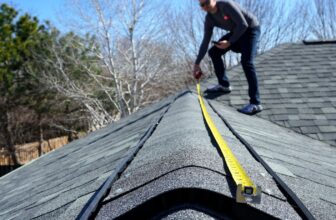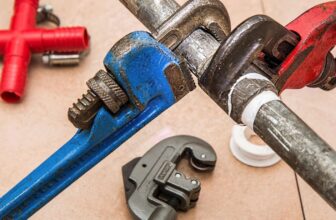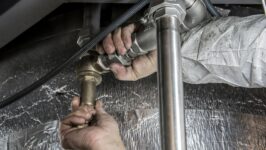
Whole-Home Repiping: What It Really Means – And When You Shouldn’t Wait
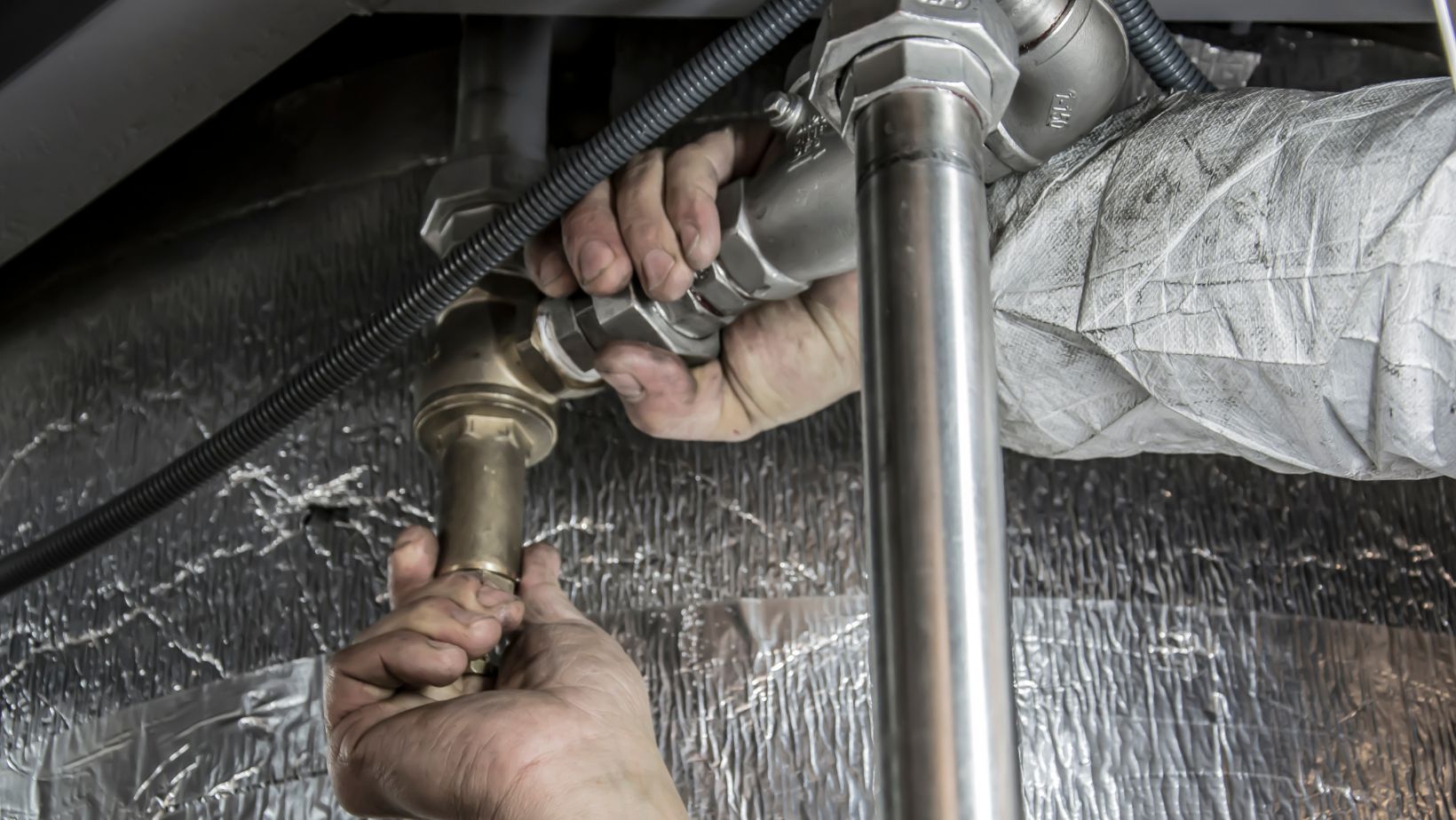
It’s easy to take the plumbing in your home for granted – until something goes wrong. A slow drip here, a burst pipe there, rusty water in the morning… what may seem like minor issues can actually be early signs that your home’s pipes are nearing the end of their life. When patchwork repairs stop cutting it, whole-home repiping becomes not just a good idea – but an absolute necessity.
Let’s take a closer look at what whole-house water repiping involves, why it matters, and how to know when your home is ready for the upgrade.
What Is Whole-House Water Repiping?
Whole-home repiping means replacing all the water supply lines in your home. This includes the hot and cold water pipes running to sinks, showers, tubs, toilets, laundry rooms, and water heaters. It’s a full-scale plumbing overhaul, designed to eliminate leaks, corrosion, and low water pressure once and for all.
Many homes – especially those built before the 1980s – still have galvanized steel, polybutylene, or even lead pipes. Over time, these materials break down, restricting water flow and releasing contaminants into your water supply.
Modern repiping uses safe, long-lasting materials like PEX (cross-linked polyethylene) or copper. These pipes resist scale buildup, temperature shifts, and corrosion – giving your home a much more reliable and efficient water system.
When Should You Consider It?
Repiping is a big job, so it’s not something you jump into lightly. But there are clear signs that your home may need it sooner rather than later:
- Persistent Leaks: If you’ve had multiple pipe leaks in different parts of the house, odds are more are on the way.
- Discolored Water: Brown or rust-colored water, especially when you first turn on the tap, is a red flag for pipe corrosion.

- Low Water Pressure: A noticeable drop in pressure could indicate narrowing pipes due to buildup or corrosion.
- Old Plumbing Materials: Homes over 40 years old with original plumbing should be inspected proactively.
- Unusual Noises: Rattling, knocking, or whistling pipes are often more than just annoying – they could signal air pockets or pipe degradation.
Ignoring these warning signs can lead to severe water damage, mold growth, and skyrocketing repair bills. Repiping is an investment, but one that protects your property and gives peace of mind.
What the Process Looks Like
Contrary to popular belief, whole-home repiping doesn’t mean tearing your house apart. Skilled contractors work section by section, often accessing pipes through small cuts in drywall or ceilings, and carefully routing new lines alongside the old ones before switching systems over.
Depending on your home’s layout and size, the process usually takes 3–7 days. You may have partial water shut-offs, but most reputable plumbers minimize downtime so you’re never without running water for long.
Drywall repairs are typically included in the service – many companies even bring in painters to return your home to its pre-repipe look.
Choosing the Right Material: Copper vs. PEX
Today’s homeowners generally choose between copper and PEX piping. Copper has been trusted for decades, offering excellent longevity and resistance to UV light – great for exposed runs or outdoor sections.
PEX, on the other hand, is flexible, easier to install, and less expensive. It’s perfect for complex layouts or retrofitting into older homes with tight spaces. It also resists freezing better than copper, reducing the risk of burst pipes in winter climates.
Each has its pros and cons, and a trusted contractor can help you decide what’s best for your situation.
The Benefits Go Beyond Plumbing
Once your repipe is complete, you’ll notice more than just better water pressure:
- Improved water quality (no more rusty residue)
- Faster hot water delivery
- Reduced risk of leaks and water damage
- Higher home value and buyer confidence if you’re selling
- Peace of mind knowing your system is built to last decades
These upgrades are especially important if you’re planning a kitchen or bathroom remodel. Why invest in new fixtures if the pipes behind them are on their last leg?
Why Trust the Job to Pros?
Whole-home repiping is not a DIY weekend project. It takes experience, permits, inspection approvals, and careful coordination.
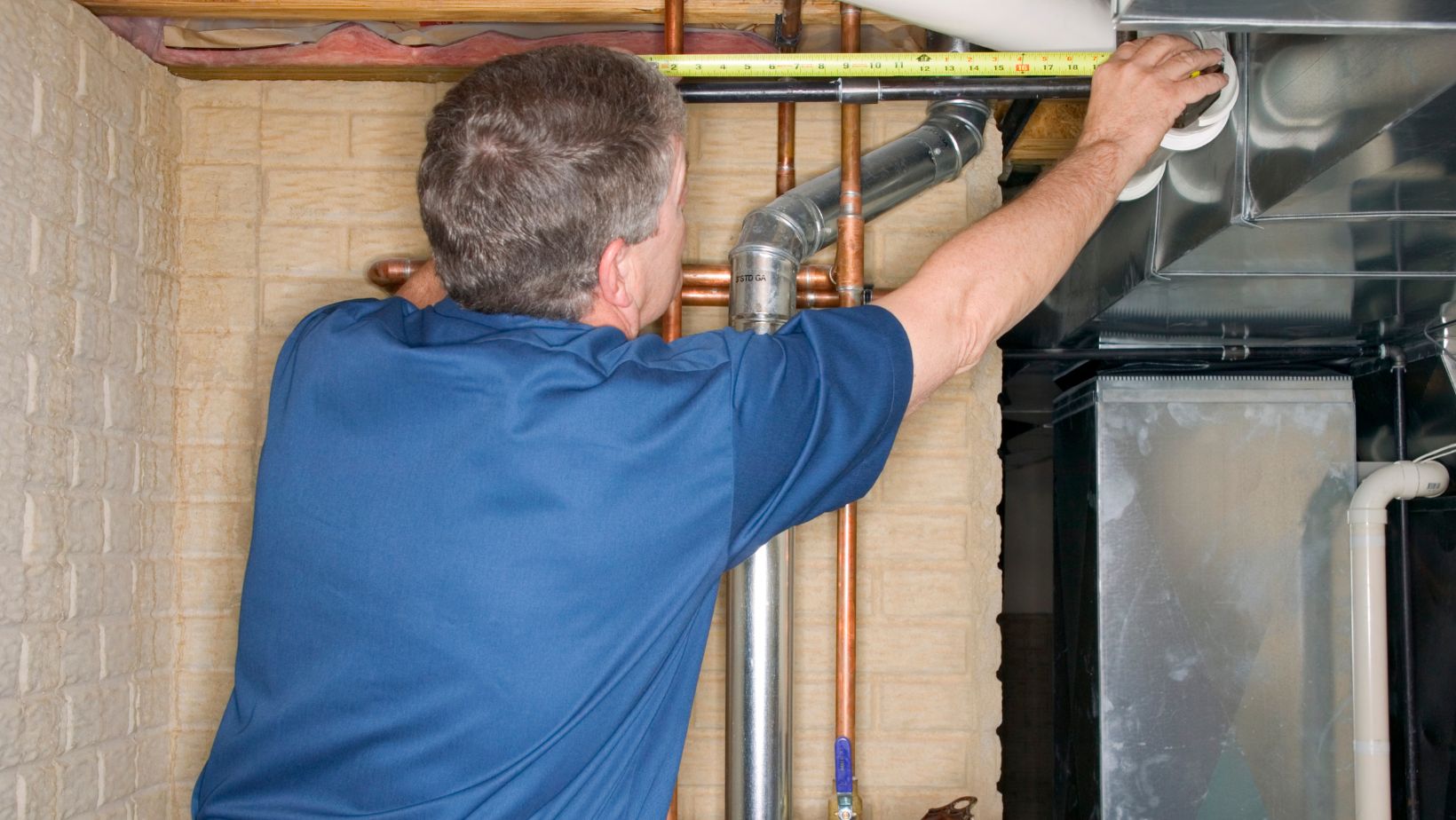
That’s why so many California homeowners turn to Super Brothers – a licensed team with years of experience inwhole-house water repiping and full-service plumbing.
From the first inspection to the final wall patch, they deliver craftsmanship and communication that makes the process smooth and stress-free. No guesswork, no hidden costs – just clean, efficient plumbing done right.
Final Thoughts
Your home’s plumbing is a silent workhorse – but it doesn’t last forever. If you’re dealing with repeated leaks, rust-colored water, or unreliable pressure, it may be time to repipe before real damage sets in.
Whole-home repiping is a long-term solution that boosts home comfort, safety, and value. And with the right professionals by your side, it doesn’t have to be a headache.
Plan ahead. Protect your home. And when it’s time, trust a team that treats your space with the respect it deserves.

